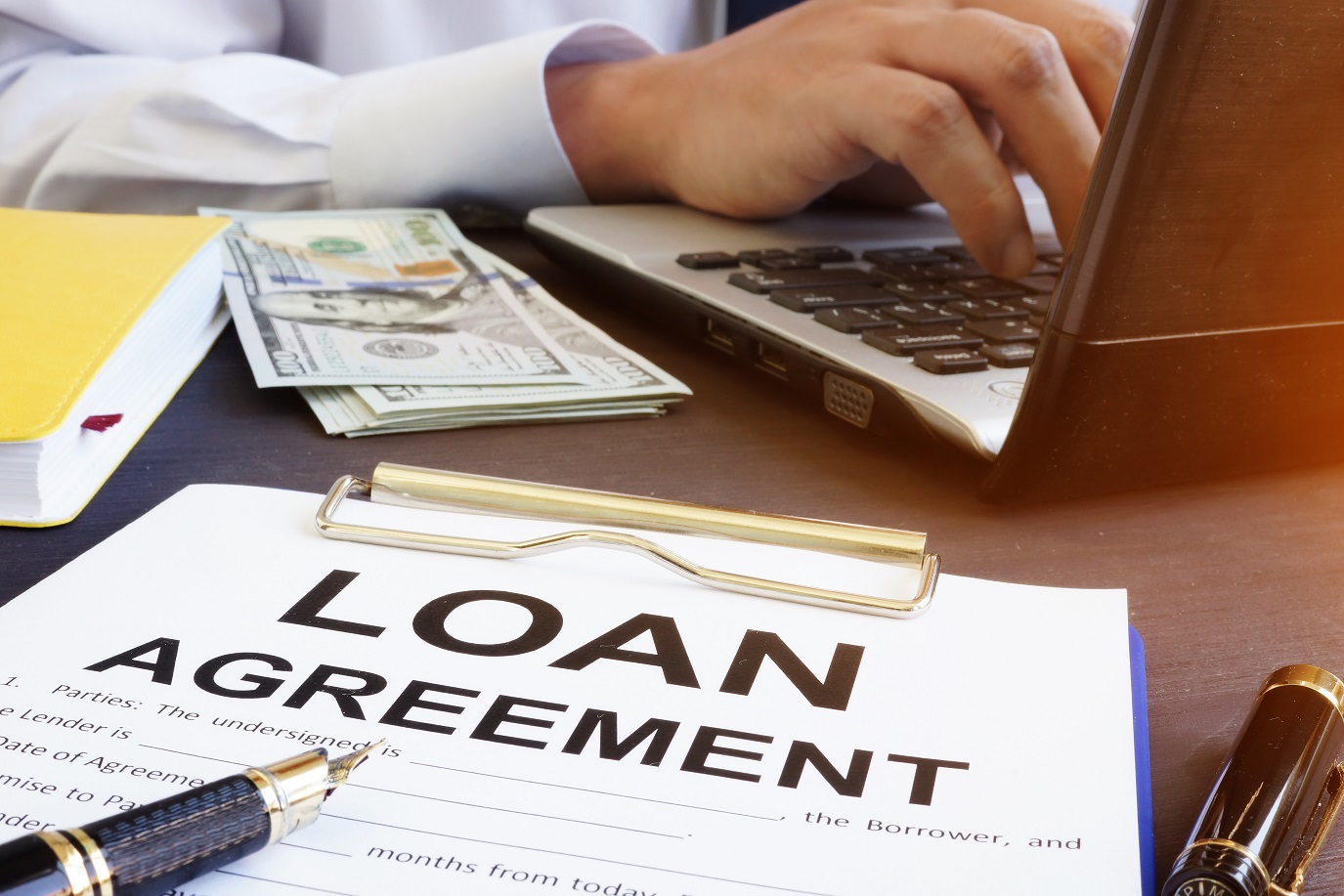Top Considerations To Make Before Applying for Cash Loans in Canada

With the cost of living rising faster than the rate of
minimum and median wages, it is not uncommon for Canadian residents to turn to
credit and loans to cover the cost of emergencies, unexpected living expenses,
home improvement costs and more. However, just because borrowing is becoming more
commonplace doesn’t mean you should approach the lending process lightly.
Whether you need fast cash to pay for car repairs, to cover the cost of rent
after a long-term illness or to keep the lights on, know that taking out a loan
is a significant financial decision. Be smart and do your homework before
choosing to take on more debt.
How Personal Loans
Work
First and foremost, it’s important to note that a personal
loan is not a revolving line of credit. Instead, it is an installment loan that
lets you borrow a fixed amount of money for a specified period, typically 12 to
84 months. To pay back the loan, you make installment payments, plus interest,
every month over the life of the loan. Once you’ve paid off the loan, the
lender closes your account. If you need more money, you must reapply for a new
loan.
Types of Personal
Loans
There are two types of personal loans: secured and
unsecured. You may qualify for an unsecured loan if you have a steady repayment
history and make a decent living. However, unsecured loans come with higher
interest rates, as the lender has more to lose if you default.
Secured loans are a more favorable option for everyone, as
it means less risk for the lender and lower interest rates for you. To obtain a
secured loan, you must put an asset up as collateral, such as your bank
account, your home, a vehicle or a CD. You should only take out a secured
personal loan if you are certain you will be able to make the monthly
installment payments without issue.
Why You Need the
Money
You should not view personal loans as an ongoing form of
credit. Cash loans are for emergency use only and should only be used when
there is no other option. Before you request a cash loan from a banking
institution or online lender, consider your motivations for doing so. Are you
in a tight spot and need cash to cover the cost of medical expenses, car
repairs or some other essential expense? Or do you just really want something,
such as a new vehicle, television or trip to the Bahamas?
If the expense is a want, nix the idea of a personal loan
entirely, as using a loan to spend beyond your means is irresponsible. If the
expense is a need, ask yourself how pressing said need really is. If your car
is broken down and you need to pay a shop $3,000 to have it fixed, is it
possible to use public transportation until you can save enough to pay for
repairs? Consider your motivations for wanting to borrow cash. If, after doing
so, the need is still there, move onto the next step.
Decide How Much You
Can Afford
You need the money, and borrowing it is in your financial
best interests. If that’s indeed the case, calculate how much you can
realistically afford to pay back.
The word "afford” is tricky, as most people, on paper, can
afford a sizeable loan. However, when you throw in the everyday expenses that
most lenders do not take into account, such as gas, groceries, daycare costs
and fluctuations in heating and cooling bills, monthly loan payments become
more oppressive and, for many, unmanageable.
Before going to a lender, write down ALL of your expenses
and not just the "official” ones. If you spend $5 on coffee every day and don’t
anticipate cutting the habit after taking out a cash loan, add $140 to your
monthly budget. If you buy diapers every two weeks, add another $80. Be honest
with yourself and the lender, as doing so will ensure you do not get in over
your head with loan payments.
APR and TAR Are Not
the Same
The annual percentage rate is a lender’s favorite tool. Many
lenders will tack a lower APR onto a loan with a longer life and vice versa to
entice those strapped for cash. The loan with the longer life also happens to
come with a lower monthly payment, which is a bonus. Before you jump at the
loan with the smaller figures, though, consider the TAR, or total amount repayable.
To show you why TAR is more important than APR, consider the following example:
• Option A:$5,000 at 5.00% APR for five years = A monthly payment of $94.36
• Option B:$5,000 at 6.00% APR for two years = A monthly payment of $221.60
Option A gives you a lower APR and monthly payment, but
ultimately, you will end up paying $5,661.37 over the life of the loan. Option
B, however, breaks down to a TAR of $5,318.49, which means you’ll pay less than
half the interest of that associated with Option A.
Bottom Line
Cash loans certainly serve their purpose, and they’re an excellent option for those who face unexpected expenses. However, if you choose to use a cash loan, be smart, do your home and discuss all your options with a reputable lender.
